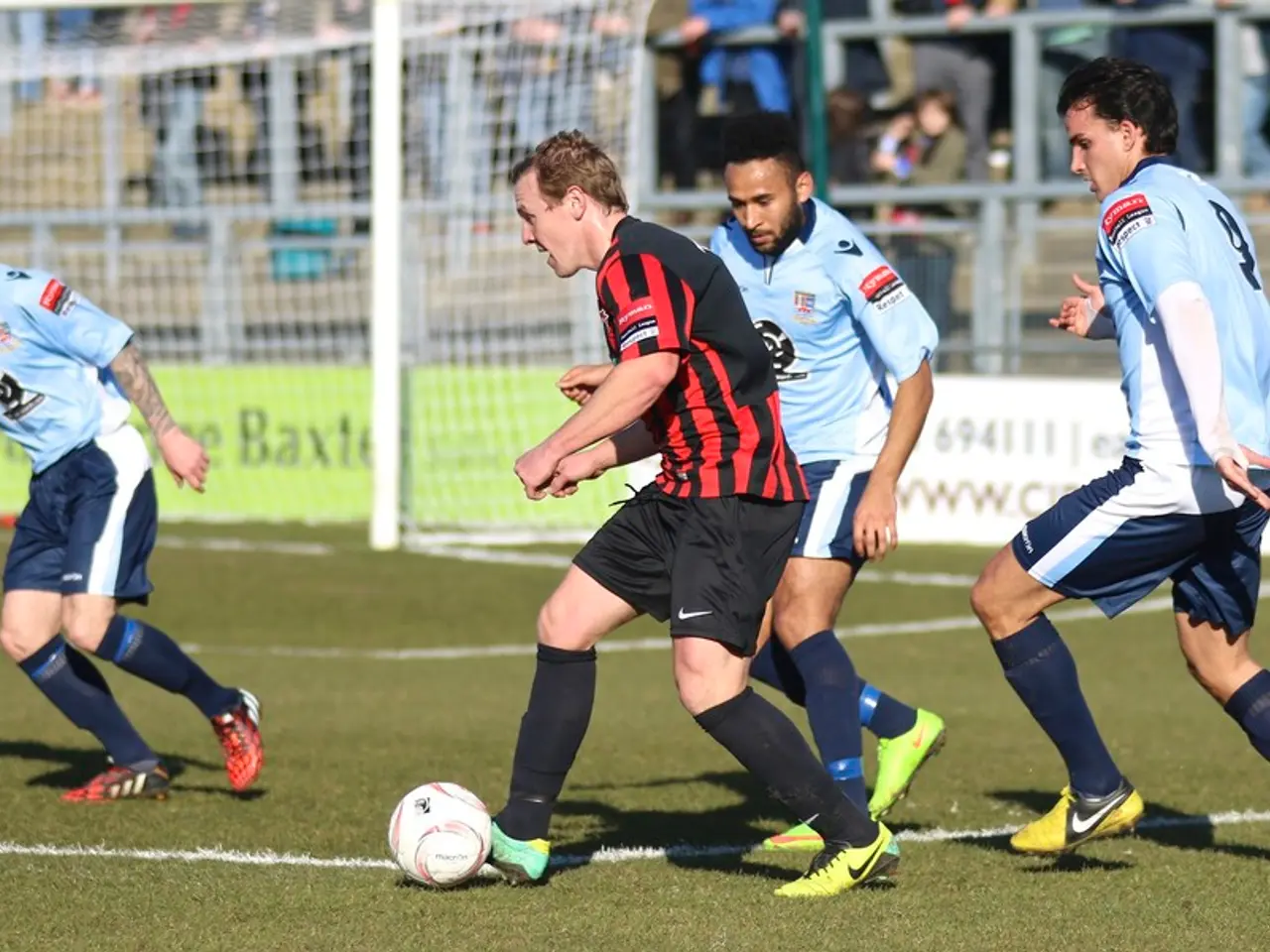Study Warns: Contact Sport Athletes Face Severe Brain Damage
A study published in Nature has revealed alarming findings about brain damage in former contact sport athletes. Led by a yet unidentified research group, the study found that these athletes had more brain damage, inflammation, and fewer neurons than those without a history of head trauma.
The research, which focused on the long-term effects of head injuries in contact sports, showed that the longer athletes played football, the more inflammatory microglia they had in their brains. These microglia, along with endothelial cells, contribute to brain damage and inflammation when they communicate with each other.
The study highlighted the importance of protecting young athletes from brain damage. Avoiding head and frontal impacts and taking breaks after head injuries were identified as key preventive measures. However, multiple head injuries in quick succession can hinder the brain's recovery, leading to chronic inflammation and the development of chronic traumatic encephalopathy (CTE).
CTE, a neurodegenerative brain disease, can cause cognitive, motor, behavioral, and personality changes that worsen over time. While tau proteins are thought to play a role in CTE, there's currently no way to diagnose them in living individuals. Footballers, in particular, showed more brain damage, especially in layers 2 and 3 of the cerebral cortex.
The study underscores the seriousness of head injuries in contact sports and the need for better protective measures. Further research is needed to understand the full extent of these injuries and to develop effective diagnostic tools for CTE. Meanwhile, athletes, coaches, and parents should be aware of the risks and take steps to minimize head impacts and allow adequate recovery time.





